At some point last year, more people began to read the fiction I share here than the other pieces. I am not entirely sure when this was, especially as I did not send out anything but fiction at one point, for several weeks, but it is something I am very pleased to see.
I have always thought of myself as a fiction writer who also shares thoughts and non-fiction pieces, rather than the reverse, so this switch was very welcome.
This week, as we are between stories—Dancing With Death concluding recently, and the new, as-yet-untitled, story yet to be fully edited—I thought I would share something about these stories, where they came from and where I see them going in the near and slightly further future. It has been a while since I’ve shared an update on this specific topic.
If you have enjoyed any of the Tales of The Lesser Evil, this piece might prove interesting for you.
The photos to accompany this piece will be of the maps and mapping genesis, similar to those in my piece on my process for map making, which is here, if you are interested.
History
When I was young, I wanted to write epic fantasy and did so with abandon. Whomsoever I was reading at the time greatly influenced those stories (some of which grew to novel length) and, if I were to read them now (I can’t, mostly, as they are in storage at my long-suffering sister’s house), I know they’d make me cringe. Sometimes, you need time to mature, to find that voice of your own, develop a unique style and flavour, one which is not simply a cheap knock-off cola, but something more, something unique, balanced, and absolutely you. Something vintage.
Later, I went through a stage of believing I should try and write literary fiction, put fantasy behind me as somehow childish or irrelevant (it’s obviously not, I just listened to certain tutors and critics a little too closely). Then, later still, I decided I needed to pause writing fiction, wait until I had more experience of life to, well, write what I know, as we are constantly told (reader: I have never fought an assassin on the streets of a city where it is illegal to go without a mask; I have never led an expedition to a lost and dangerous city; I have never fled pursuers intent on killing me and taking my baby; and, although I did once very briefly work for the tax office, I did not formulate a plan to escape that job which involved murder, betrayal and risk, just to keep my family safe. Nor have I descended to hidden catacombs containing something terrible, ancient, and dangerous; or gone head-to-head with a horrific, terrifying monster).
Eventually I realised that, in order to actually ‘be a writer’, I needed to do some very simple things—observe, take notes, listen carefully to all around me, read, lots and widely, and, above all, actually write.
I began to craft a story which was to become the third planned novel in the series The Greater Good, a story set in the Mesolithic of western Europe (entitled A Time of Trees), a story which introduced the idea of manipulation of power in a fashion which might be thought of as magic, along with explaining the origins of tales of vampires, werewolves, ghosts, and more. I cycled through different parts of that project, moving to a novel which was essentially a love story between a man and a woman, the latter having been dead for nearly two hundred years and absolutely not corporeal at all (The Town at the End of the World): also featuring magic. Later still, I began the novel I now know is the first of that series, The Care Industry, the one I have now been slowly working on for around twelve or thirteen years.
I knew that, to do the above novels justice, I needed to be a better writer. I saw something on twitter, an open publishers’ call for fantasy novellas, so I rather-quickly crafted Only One Death as a homage to the idea of the fantasy quest, with a darker spin, and characters who felt like real people rather than the often ridiculous archetypes we read.
When Only One Death wasn’t picked up, I decided to edit it again, to publish it myself and, at the same time, I began to build up a loose plan: to write a series of novellas, each with a bonus story which could only be accessed if readers signed up for my mailing list/newsletter. That plan altered, as the technology (hello, Substack!), changed and the novellas occasionally grew into novels. It also grew as I began to realise I was introducing characters, themes, places, and ideas in these stories, a list I began to suspect needed to be woven into a larger work. This was when the idea for a dark, epic fantasy trilogy was born.
One other thing I should mention is that I am utterly terrible with marketing. Not in a ‘I don’t know how’ way, I do, but in that I struggle to self-promote, I hate it and, at times, it makes me feel physically ill. Only very recently have I begun to learn why this is the case and I am aware this is (—I am—) still a work in progress.
This letter is a sort-of marketing, but also one which I hope is of interest. That is how I try and get around this in my head—tell myself that, actually, I share things of merit and value, and I am not simply irritating you, shouting outside your window, ‘Buy my wares!’
All of which brings us to the present—I have now shared six stories, with a combined wordcount of around 160000 words. That’s a decent amount and, I suspect, the final two Tales will take this to somewhere in the vicinity of 240000 words in total. A rather epic prologue…
Fear
I think this is such an important point that I am making it a brief section of its own.
I previously discussed fear of success and how, for me, it looms larger than fear of failure. I do not like to not feel in control of things and, if I fail, then I can explain this away by suggesting to myself it is due to something I have done (or not done) myself. If I succeed, it is undoubtedly due to the actions of others. (This is not true, of course, but it is how my brain tries to cope with things, and I am actively working on that.)
As I keep writing, as I keep sharing, as my readership grows, positive and lovely comments arriving below the stories, it becomes harder to set myself up for failure. I know these stories—these Tales—are good, I know they offer good value and have considerable merit and, hopefully, tantalise the reader into wanting more. I try to make them accessible to as many as possible, whilst also providing value to each and every one of the readers.
I have begun to accept that, if people enjoy these stories (whether for free, or even pay to subscribe to read them), then this cannot be a negative, but something wonderful but still, lurking somewhere, that fear whispers...
Fear is an odd thing and a subject closely linked to hope. As we witness the upheavals across the globe, changes often seemingly far beyond our control, it is all too easy to give in to any fear. However, as I work on the subject of hope, as I look closely at the darkness—within and without—I begin to feel less fear, whether global or personal. And that is something to be harnessed and ridden for as long as possible.
Me, Reading/My Readers
I am extremely guilty of having an array of tabs open in my browser—stories I have read, posts and letters others have shared, all united by one shameful link: that I intend to comment on each, carefully consider my words and pop a paragraph or two below the line to show my support and gratitude. Sometimes, I manage to do this, claw out a moment or two when I am in the right frame of mind, and share something with the author. Often, however, the tabs begin to groan under their own weight until I guiltily close that window, start afresh, begin again with new stories and letters.
Which is to say, I understand that commenting on something we read is not always easy or possible.
Each episode/letter I send out, if I am to believe the stats is, on average, viewed 1300 times, which is wonderful, a figure which is up from around 900 views late last autumn. Thanks to the vagrancies of the Substack statistics section, that does not directly translate to the number of readers, as many people may open the piece more than once, but it is a number than makes me happy, nevertheless.
At the time of writing, I have 2296 free subscribers, a number which has slowly built up over the more-than-five years of sharing a letter, and a figure which I am so very grateful for.
I remember how, once upon a time, Substack would actively promote the idea that a conversion rate of free to paid subscribers of between 5 and 10% was normal, with 10% a good aim. If I had 229 paying subscribers, that would be remarkable (it would also mean I had far, far more time to actually write and share more work, but hey.). At the time of writing I have 14 paying subscribers (or 0.6% of my subscribers, some way off that 10% target…).
As usually seems to happen, whenever I share a subscription offer I gain a couple of new paid subscriptions and somehow lose more. This was the case in December, where I lost more paid subscriptions than I gained (often, this can be as simple as a credit or debit card expiring, and the reader simply does not know that the subscription has ended—which frustrates me as, if that is the case, then they will lose the likely-cheaper rate at which they originally subscribed and then be put off from resubscribing, but there is little I can do about that, short of sending out an automated email, which might then get lost).
So, 0.6 % of subscribers (or readers, as I prefer to think of you) actually pay me. Recently, others have used the tip button I include at the bottom of each letter, which is a genuine delight, seeing as I’ve had that function for years and it has only just begun to be used (my Mum being the first to do so, somehow psychically encouraging others, thanks Mum, I love you!).
I would be lying if I didn’t say I would love more paid subscribers but, to a certain extent, I have also been operating my Substack as a long game, building things up here for a number of reasons, including:
Using this space as a portfolio of sorts.
Slowly building up an audience in advance of releasing other work in the future.
Building up my readership to help support a book proposal.
Sharing ideas and thoughts which I would originally have blogged about.
Creating a body of material linked to the longer fantasy trilogy I have in mind (the Tales you have been reading for free).
As such, I try very hard not to fret about the statistics and instead concentrate on that crucial longer game. (A longer game which I absolutely need to push forward this year.)
One other thing I could add to this bullet list is the point which I am finally getting to.
As I mentioned, I originally self-published the earlier Tales, across multiple platforms, but simply could not make headway with the marketing necessary to sell enough of the books in order to make the process (financially) worthwhile. It is also worth pointing out that I simply do not have the funds needed to pay for marketing, whether through using Bookbub promo spots, or similar.
Here, I’ll add this line, again—I think these stories have merit. I think they are strong, engaging, and have an audience (you!). (And it is worthwhile mentioning that this audience is there at the start of things, that they will read these Tales first, before the longer work and, therefore, have a different experience to those who come later—there are many subtle clues and Easter eggs hidden in these stories, things that will only come to play out tens of thousands of words into the future. I love to offer these free rewards.)
I am not asking you to pay to subscribe to The Crow’s Nest. That is not what this message is about. (I’d love it, of course, but that’s not the point of this letter!)
Instead, I am asking for a little bit more of your time. Not very much, either.
Very soon, I shall be re-releasing the Tales of The Lesser Evil, with both ebook and print-on-demand (POD) options. I will be combining the six stories I’ve shared so far into two anthologies (or, as people apparently now like to call them, boxed sets). The first will include Only One Death, Dust and Death, Death and Taxes, and A Clean Death. The second, Death in Harmony, and Dancing With Death. Eventually, the forthcoming seventh tale, a novel, and the final story, which will probably be novella length, will also be released in this fashion as the third anthology.
You’ve probably already guessed what I am going to ask for, right?
Self-published books live and die by the algorithmic small gods. And the ambrosia of these gods is reviews.
Once I have put together the ebooks, and prepared the POD books, I shall send out another letter to you, asking if you would like FREE COPIES of the ebooks, in exchange for a review. If you are reading this, then it is very likely you’ve already read at least some of these stories and, perhaps, enjoyed them (thank you!). What I would love is to have a healthy percentage of you translate that enjoyment into five or ten minutes of your time to leave a review (I should point out that, although I hate it, Amazon is the biggest driver of sales, by a long way, Apple Books the second. I’ll also include some other options, in case you can’t bring yourself to go to these places, something I absolutely understand).
The book (books, if you wish) you will receive will be an Advance Reader Copy (ARC), available before I launch the Tales, and I will help guide you through the review/giving a rating process when I send them to you, to make the process as seamless and easy as possible.
The idea is that I can generate enough reviews and create enough buzz that my stories can begin to climb that algorithmic ladder and they—you—persuade other readers to actually buy them.
One of the biggest problems with ARC reviews and ARC reviewers is that many of these readers are simply in it for the free books, and that sending them out to those who request them on, for example, Netgalley (an ARC platform) is too random. I’ve experienced similar when I have taken part in group promotions, where many who sign up for a free book (Only One Death), never, ever, open any of the letters I send once they’ve joined my mailing list.
However, my hope is that you are already precisely the target audience for these stories—especially as many of you have already read them, and kept coming back for more. Logic, right?
As such, this removes a large amount of the random nature behind ARC reviewers, and I am hopeful that this idea can directly convert to the starred ratings (fingers crossed they are 4 or 5 stars) and reviews I need.
Figures vary wildly as to what is a good percentage/ratio of ARC copies sent out to actual reviews, with some quoting 20-40%, others 10%, and still others 1%. Much depends on genre, and much also depends on luck, I suspect.
For sake of argument, let’s say my fiction here is read by 1000 people each week, then if I get 1% of you helping me in this way, that is 10 reviews. 20% would be a super and mildly ridiculous 200 reviews, which would almost certainly pull in other readers.
The Future of The Lesser Evil
As I said, there will be eight Tales in all in the series, with the final two still to be shared with you (for free, of course). As you probably know by now, as I share these stories, the current one is always free, along with the preceding Tale and the first, Only One Death, permanently free. After a little time, once I complete a story here on Substack, I then pop the one preceding it behind the paywall.
(As an aside, as I have been working through these stories, I’ve been keeping a plethora of notes, worldbuilding, and back-story in a Scrivener project. I have recently begun the process of transferring this to a wiki, to make reading and linking between things easier and, if this is something of interest, I am tempted to host and share that wiki with you the reader, perhaps as a perk for a paid subscription?)
When all eight have been shared on Substack, which will not be until the latter half of this year (book 7 is certainly novel-length, weaving three different lines of plot together—and the last novel, Death In Harmony, took 29 weeks to share…) then, after a brief period of grace, they’ll all be placed behind the paywall, with the exception of Only One Death, which will remain free to all.
The longer trilogy (in my head it is a trilogy, at least) will follow at some point in the future. When, exactly, really depends on when I have the time to write it, of course. There is a great temptation to send this story to agents and try to get it traditionally published, but at this point I am as yet undecided on that idea, especially as I certainly intend to send the first work in The Greater Good1, The Care Industry, to agents. The merits of being a hybrid author, self-publishing some things (The Lesser Evil), traditionally others (The Greater Good), are definitely worth considering.
I have been talking about and working on this project for a long time now2. It is time to move up a gear, I think.
Finally
Once the ebook ARCs are ready, I shall send another letter with details as to how you can receive one in exchange for a review. Those who pay to subscribe to The Crow’s Nest will also have the option of downloading each of these books as a part of their subscription. I would like to offer real, physical books too, but I have no idea as yet how or if that would be possible, perhaps signed, personalised copies for a founding plan subscription? I’m really not sure yet.
In the meantime, a big thank you, for reading this piece, but also, and especially, for staying with me and reading my stories. That means the world to me. I greatly appreciate that, especially when there are so many pressures and pushes on your time competing with my own words.
Do please subscribe, if you haven’t already.
Or share with those you know:
Or leave a comment or thought if you wish. I will always reply, although the time scales might be longer than I might prefer (I’m getting there, but slowly).
If you find value in these words and wish to support me financially, but do not want to take out a subscription, you can send a one-off tip via this button:
Thanks again,
Alex
I should point out that The Greater Good is a parallel series, with certain ideas and links presenting themselves in both. As I said, it is set in our own world—but a world where magic, the manipulation of raw powers, is perhaps something not entirely fictional… It is, in some ways, a series of novels which are urgent, which address much of what you see in the world, but do so wrapped in an entertaining and rather good story.
I am beginning to come up with a plan for what comes after The Lesser Evil and The Greater Good, something I didn’t want to do until these were nearly finished but, apparently, having these ideas is actually spurring me on to complete the works in hand, rather than encourage me to move along to something else, as I certainly would have done once upon a time. I think this can only be a good thing.


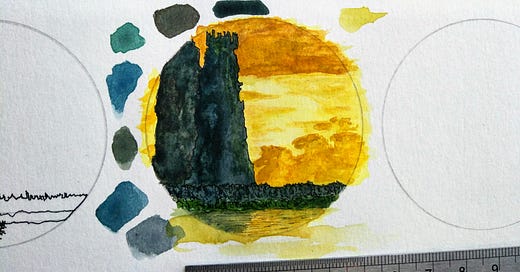


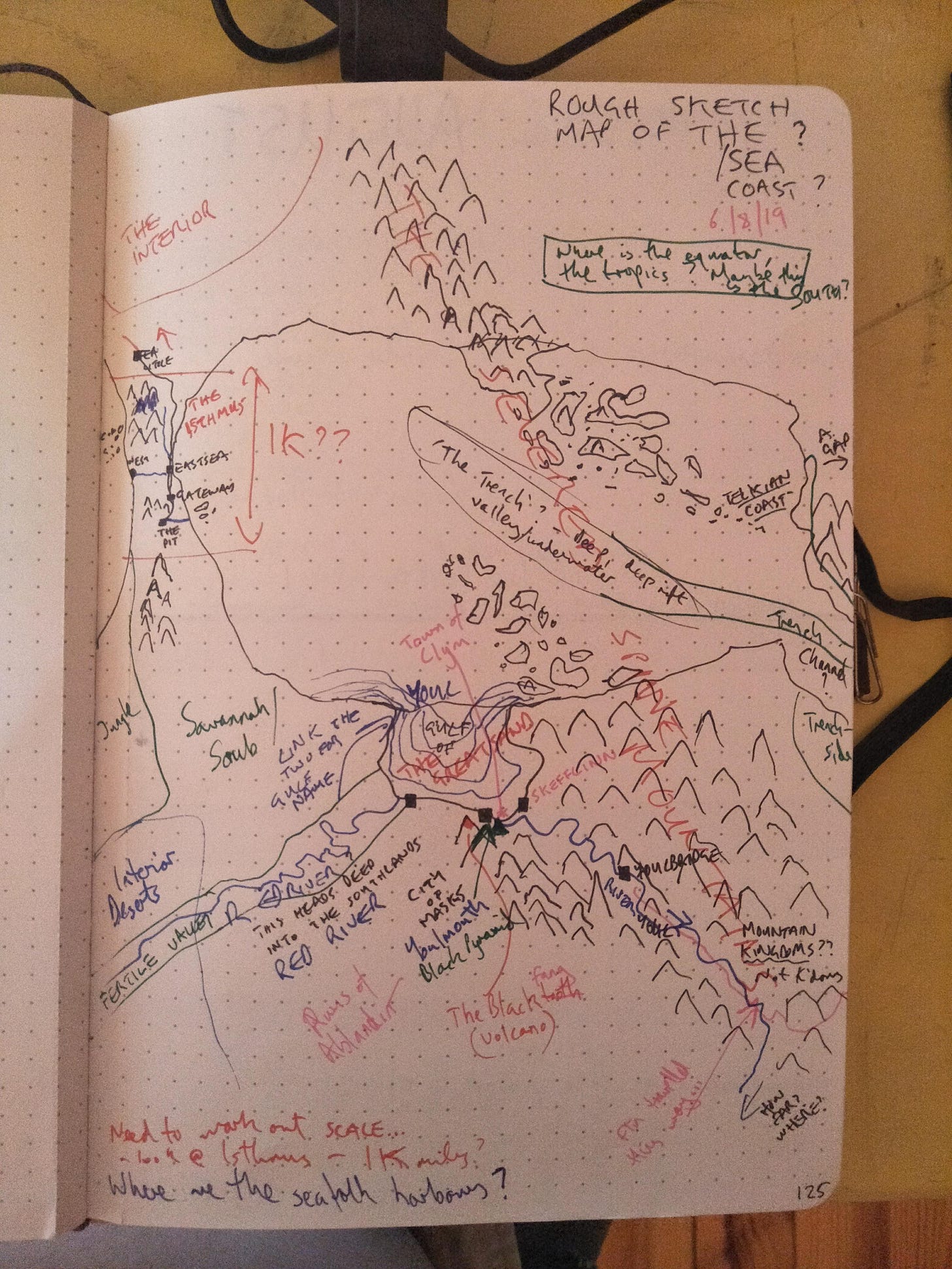
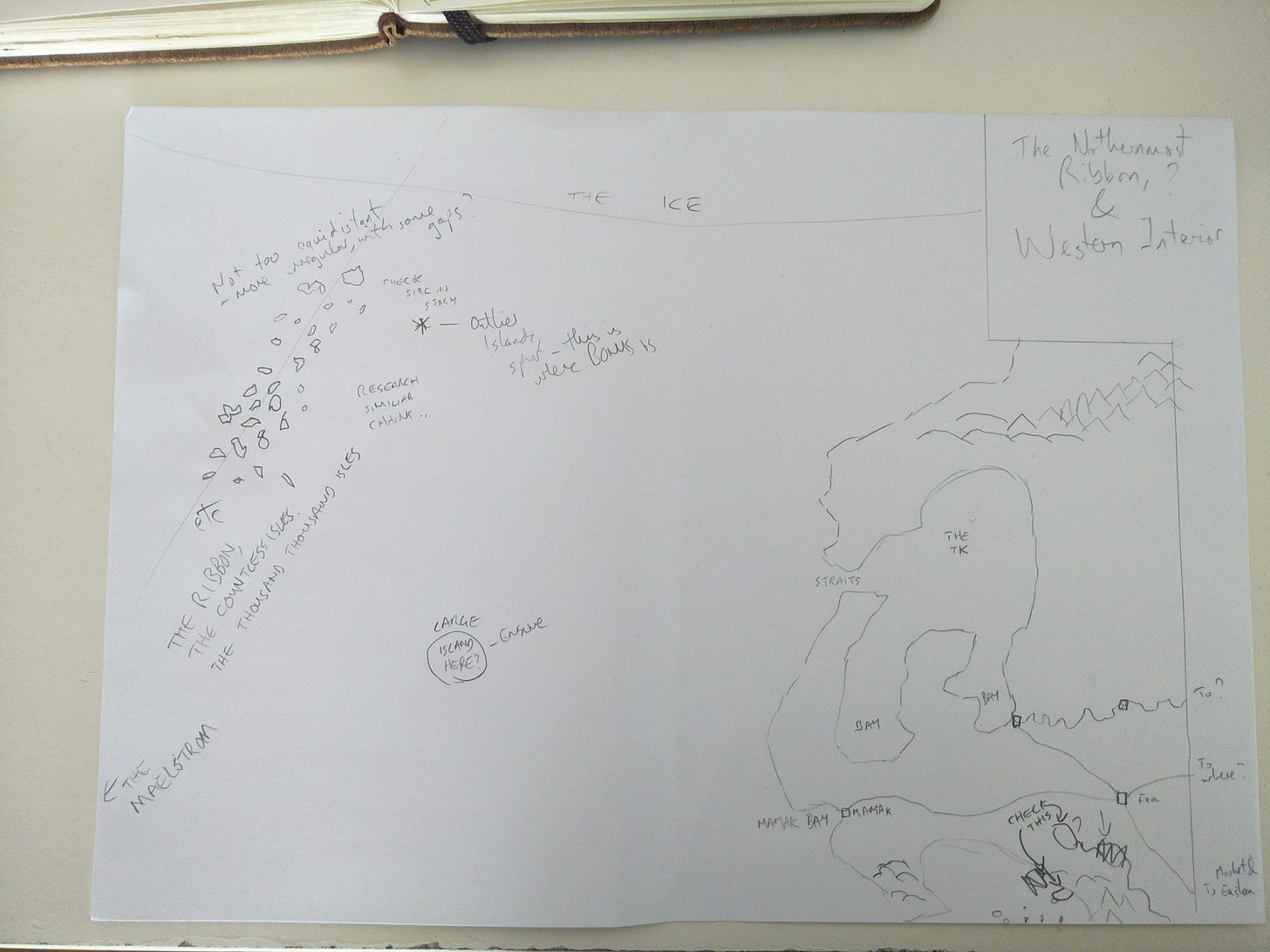
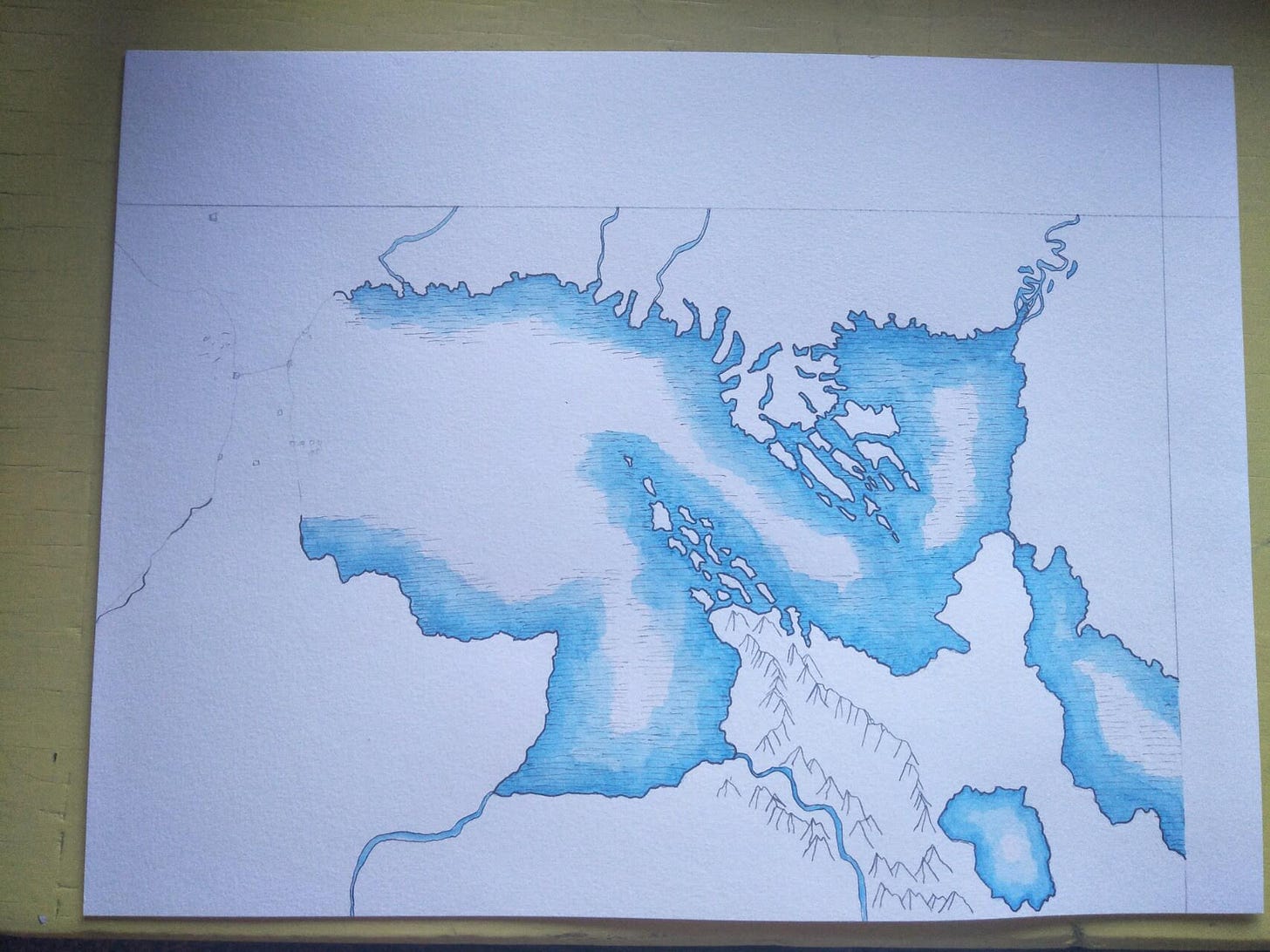
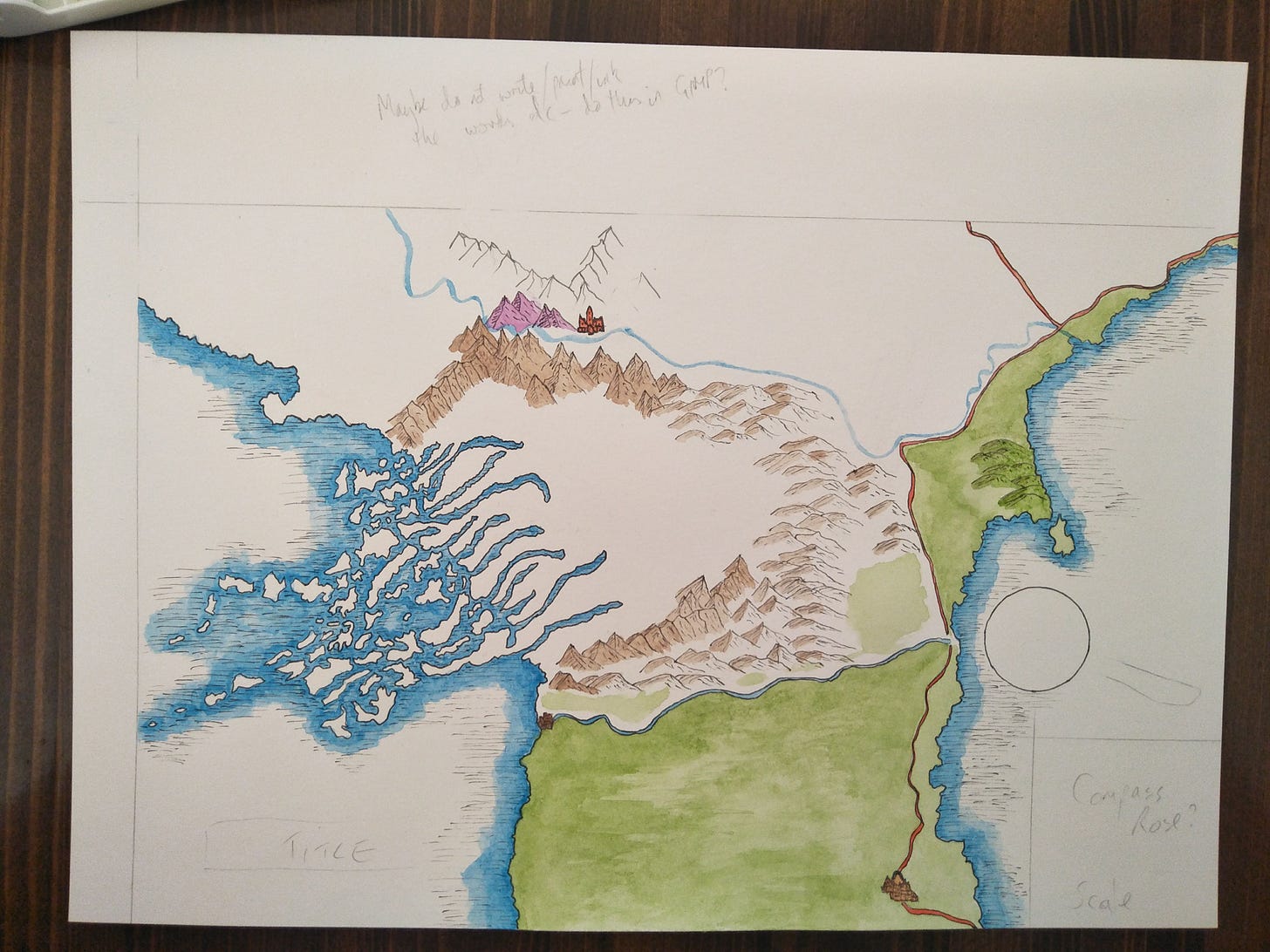
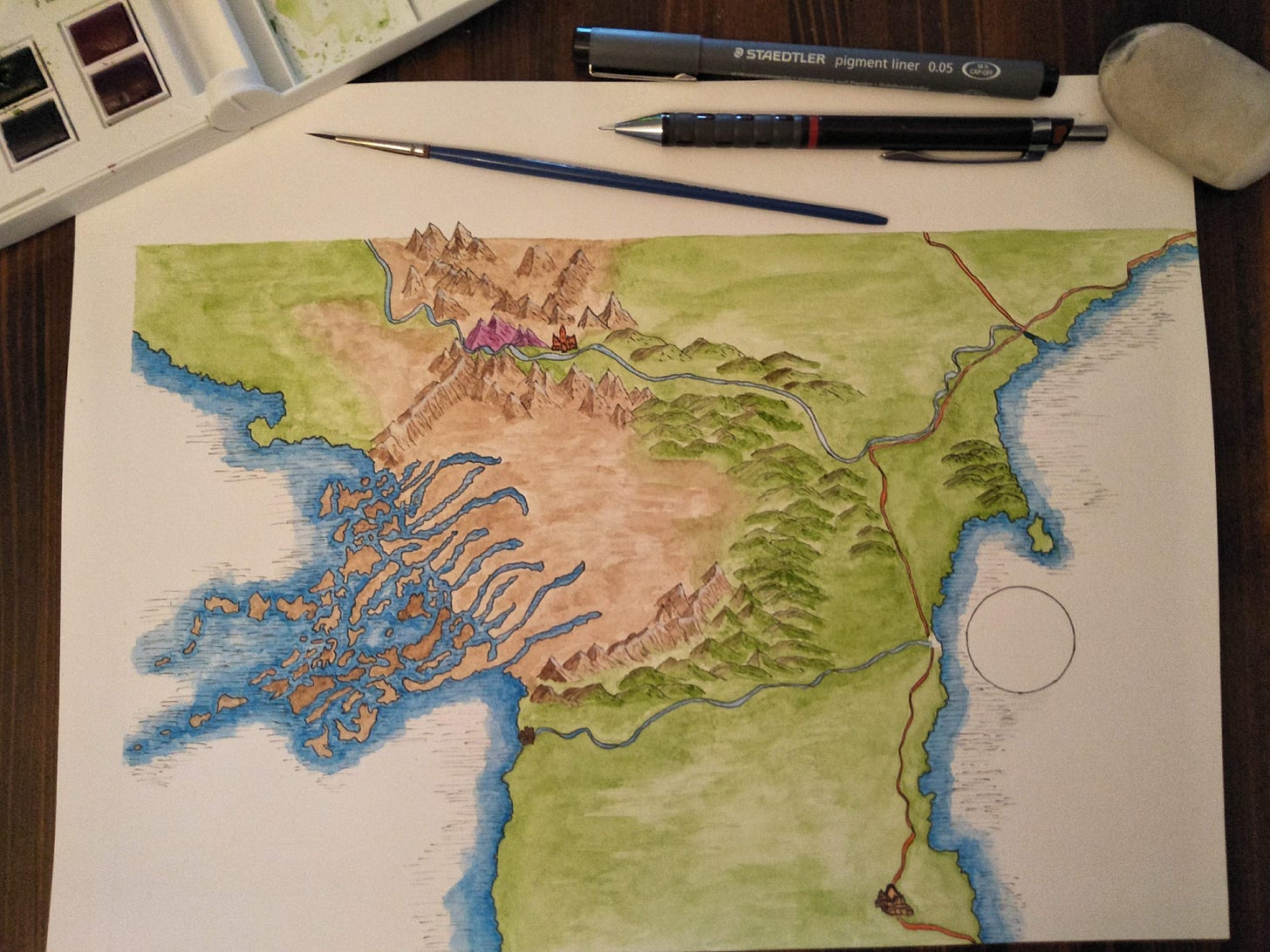


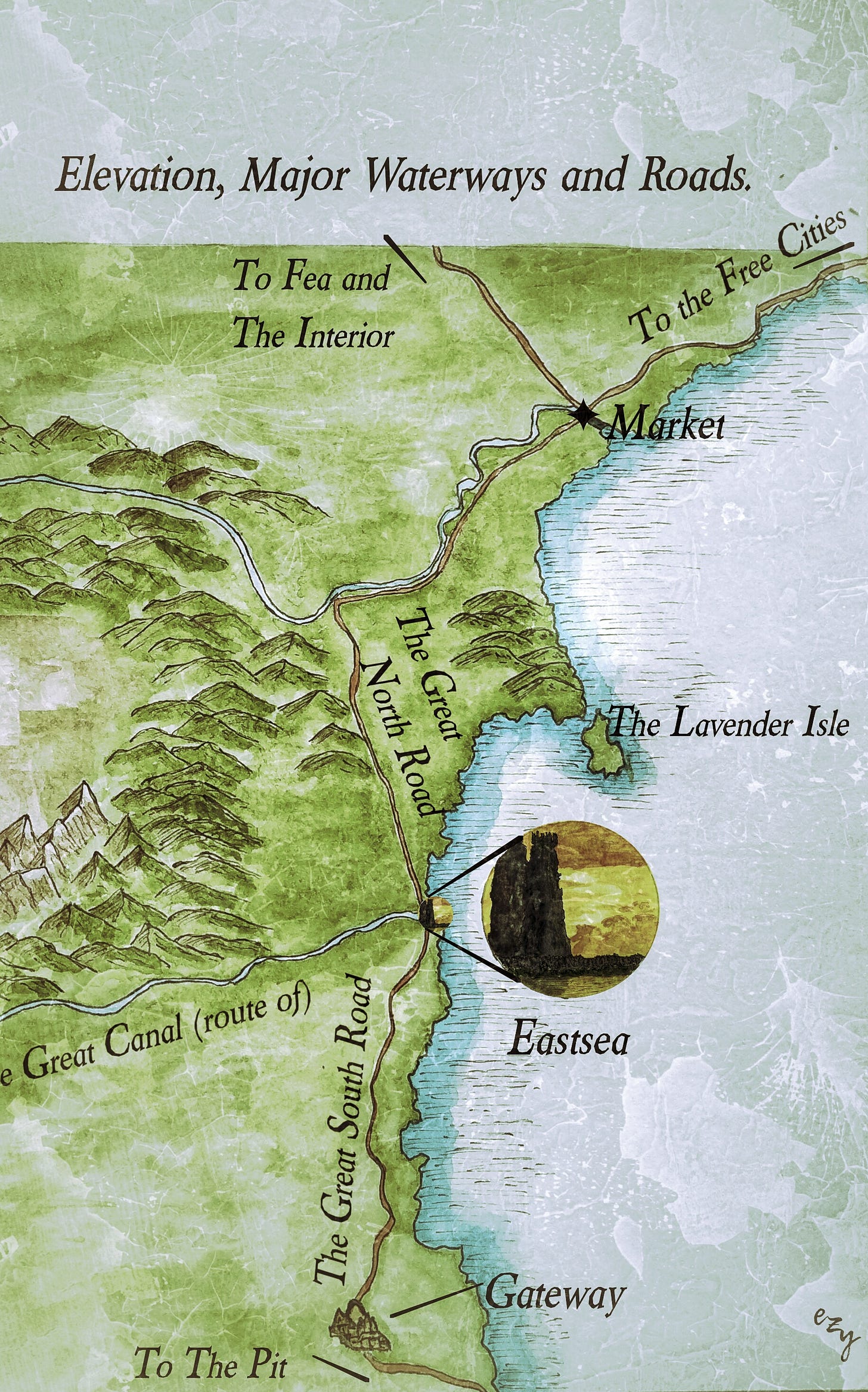
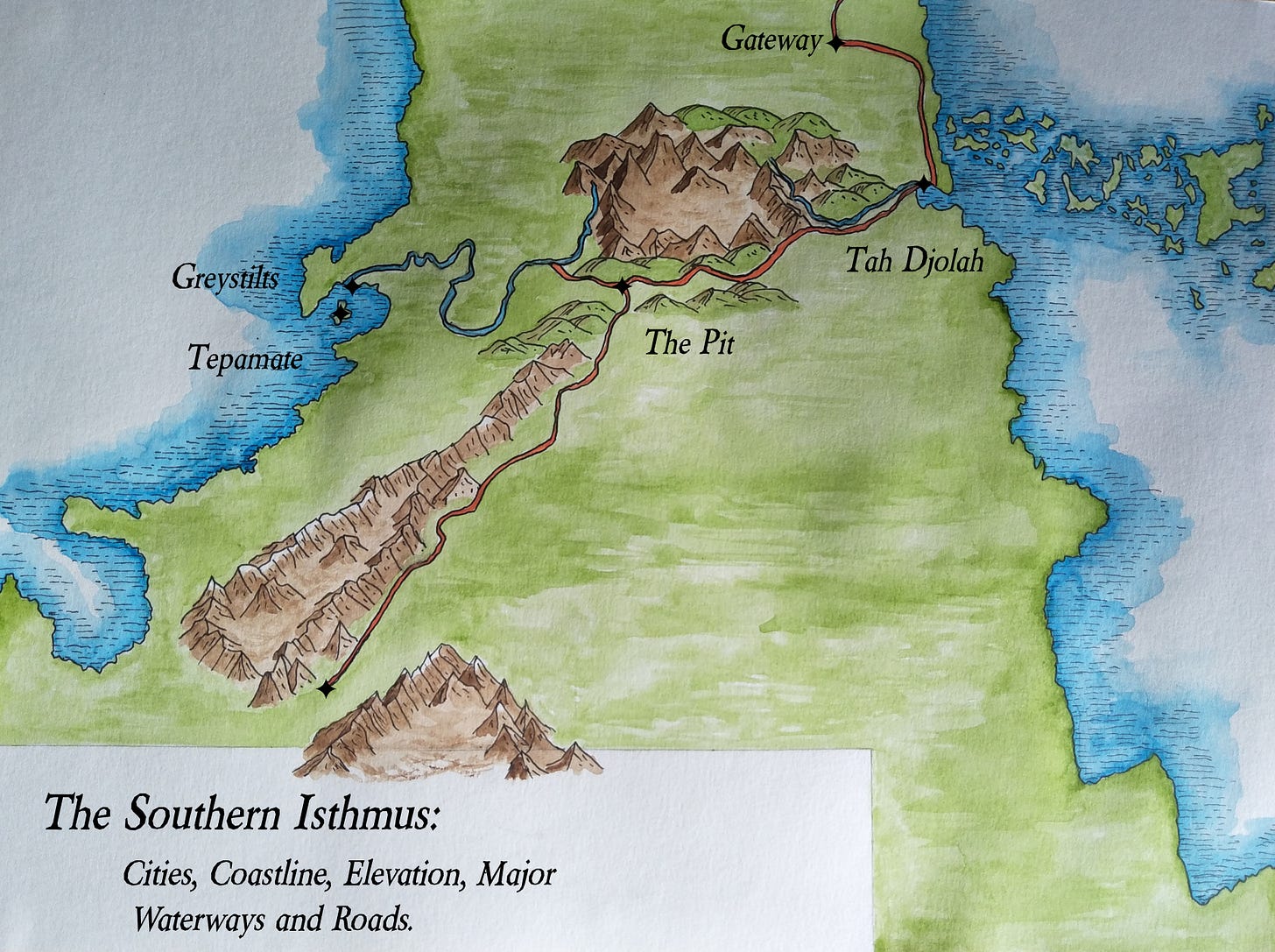
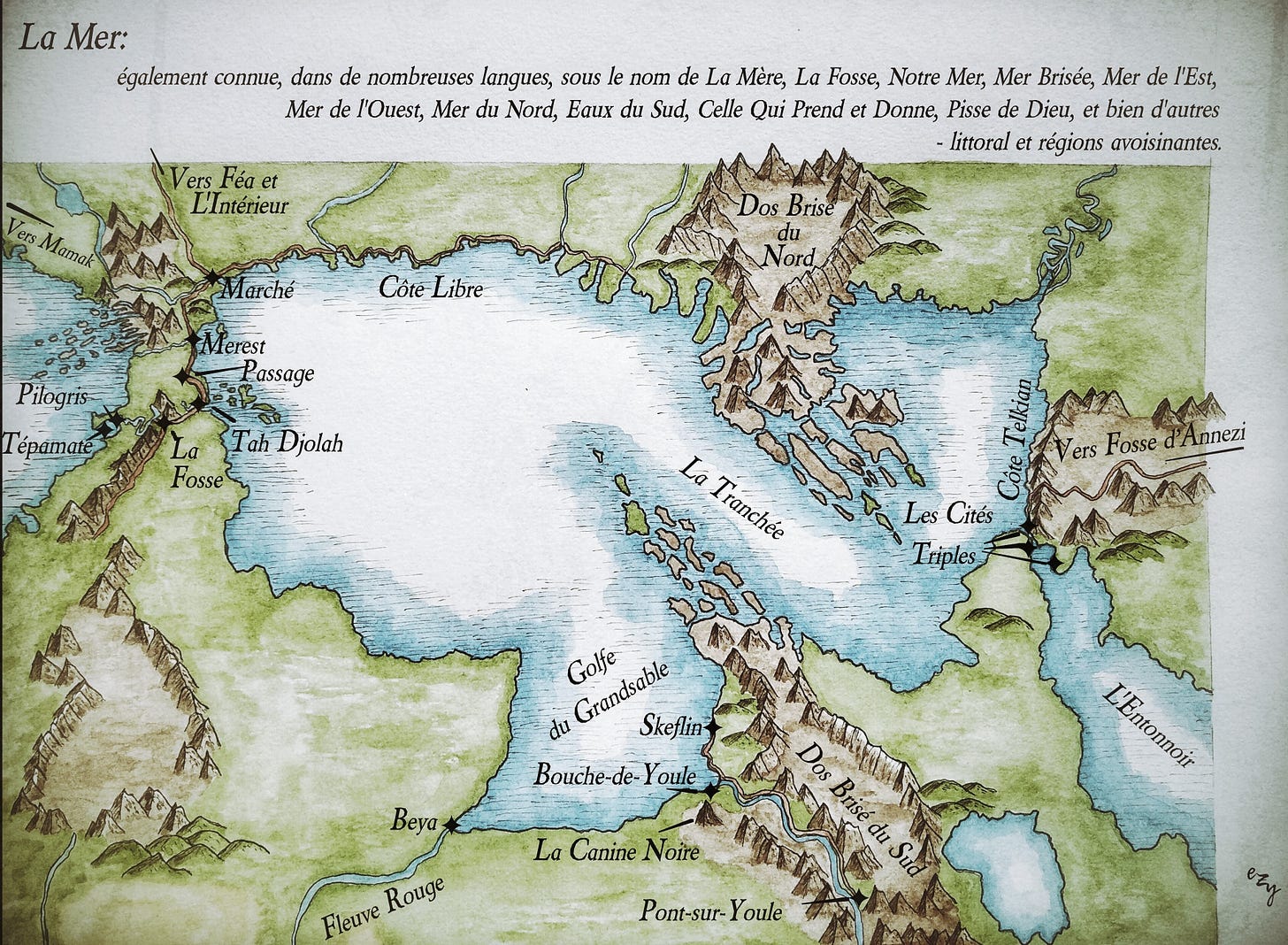

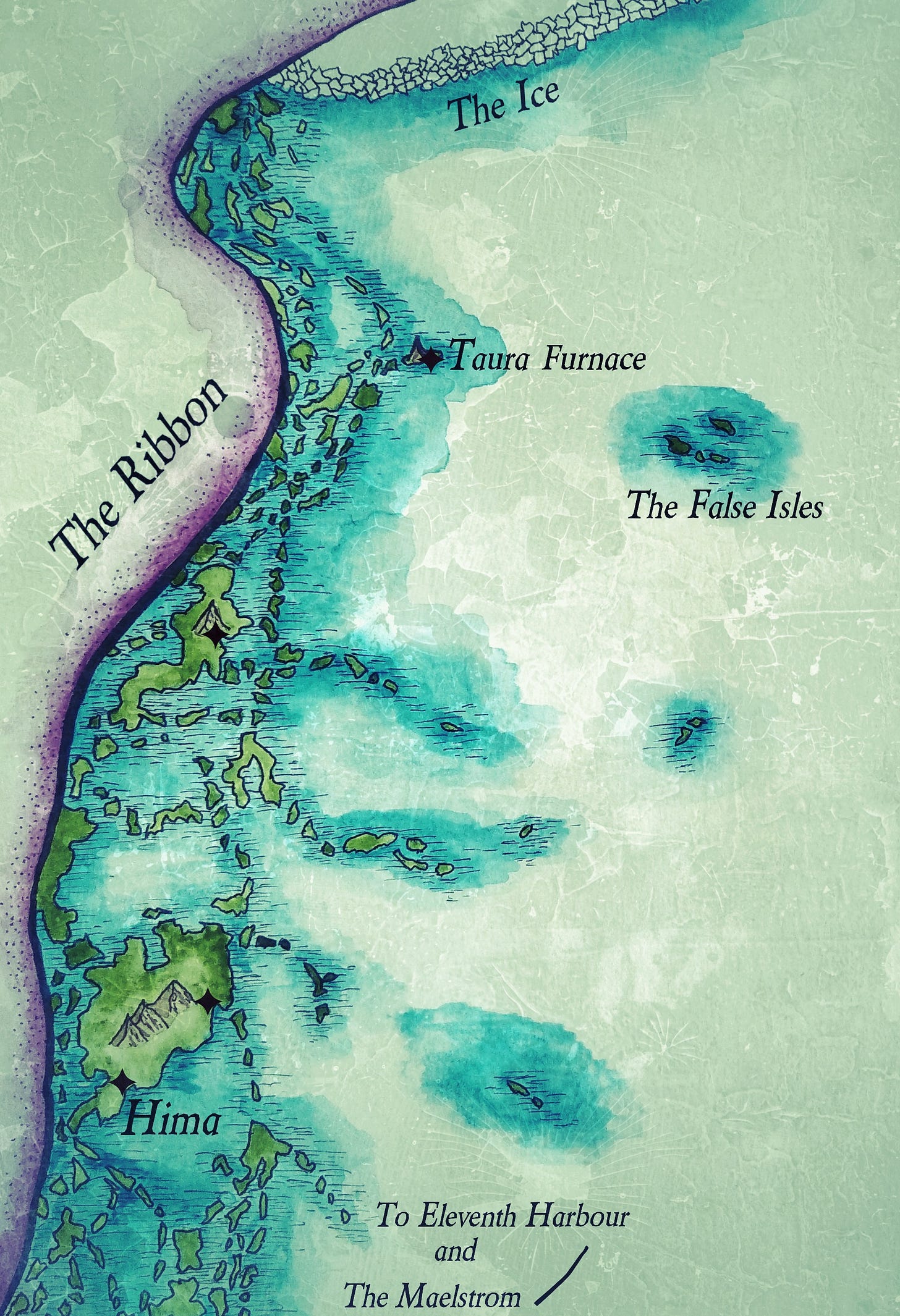
More than happy to help out with reviews, Alex, especially as I've read and enjoyed the work 🙂
Me too Alex, I have a bit of catching up to do but I will do so with pleasure, I've loved all I've read so far - in fact quietly awestruck here tbh!